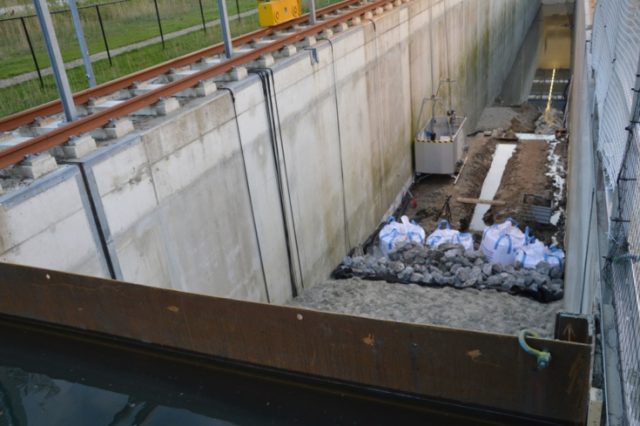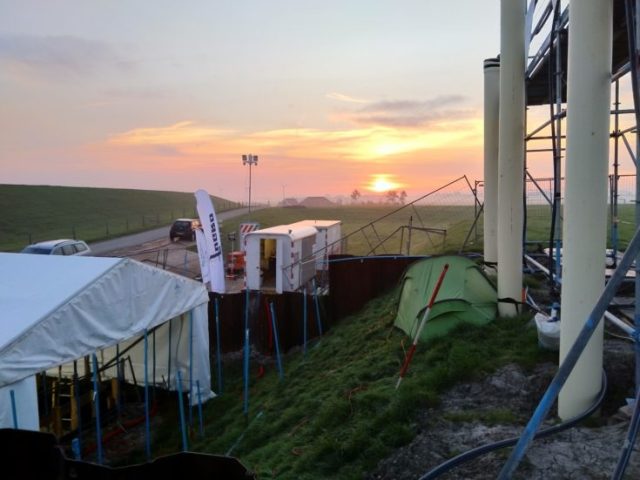Online meeting about internal erosion in dikes and dams: international scientists and consultants share knowledge
Dikes and dams are exposed to large differences in water levels. That can lead to the movement of the soil in or under a water defence structure, with internal erosion as a result. Internal erosion is an important failure mechanism in both dams and dikes. In order to understand better how it works and identify possible solutions, Deltares teamed up with Delft University of Technology and Ghent University to organise an online meeting on 4 February.

Different types of internal erosion
There are different types of internal erosion. The Netherlands is mainly affected by backward erosion piping, ‘piping’ for short. Dikes located on sandy layers are susceptible to this phenomenon and they can ultimately be undermined by the formation of ‘pipes’. However, there are other types of internal erosion, such as the flushing out of fine material from a coarser matrix or erosion resulting from flows through cracks in clay.
Experts, consultants and scientists share knowledge
Given the importance of internal erosion for the stability of dikes and dams, there are extensive knowledge exchanges worldwide. For example, an annual meeting is organised by the European Working Group on Internal Erosion, a working group linked to the ICOLD Technical Committee on Embankment Dams. This working group consists of experts, consultants and scientists from all over the world. Because of the COVID-19 pandemic, the annual meeting has been replaced by a series of online meetings. Deltares, working with Delft University of Technology and Ghent University, organised the third meeting in this series.
Programme
This online meeting looked at ‘internal erosion on the field scale’. You can find the programme for the meeting here. Many of the contributions discuss backward erosion, an example being the study of piping in tidal deposits, the application of the coarse sand barrier in Gameren, measurements in a sand boil, a new method to stop sand boils, back-calculating field tests, the effect of heterogeneity on the flow in boils and a study of the length effect. There are also contributions relating to other forms of erosion, such as a field test conducted in Sweden and a case study from Hungary. The monitoring of erosion is also covered by several contributions.
The meeting was held on 4 February from 4-7 p.m.
Abstracts presentations
You can find the presentations here: Abstracts_Powerpoints_EWGIE_onlinemeeting_Deltares_TUD_UG.

Marc Hijma, consultant water safety at Deltares: ‘I think research into piping in tidal sands is a game changer for the assessment of dikes in the Netherlands.’

